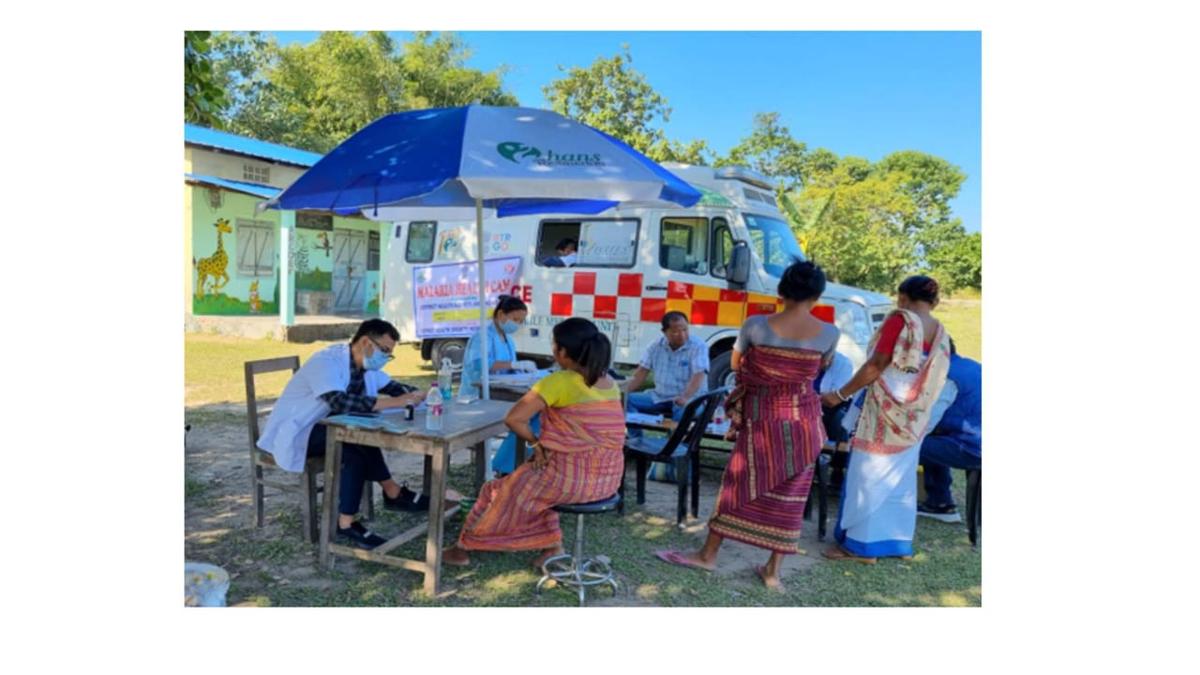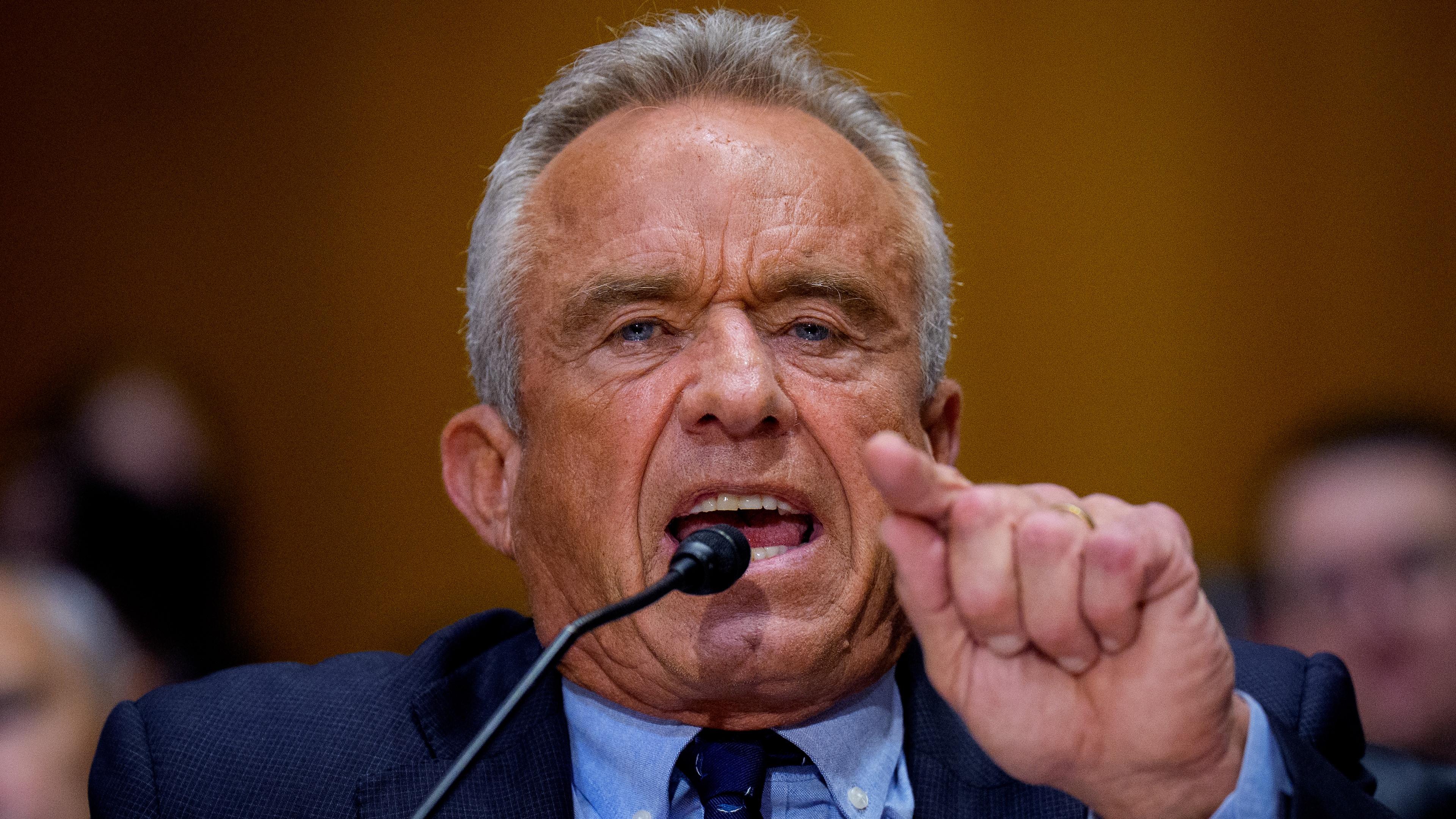By Rahul Karmakar
Copyright thehindu

A team of rural data collectors is helping improve health-seeking behaviour and the health delivery system in Assam’s Bodoland Territorial Region (BTR).
Members of the “data dal” (group) are driving community health assessments across 420 Village Council Development Committees spread across five districts of the 8,970 sq. km. BTR, generating vital information to strengthen a localised health strategy, aligned with the National Health Policy.
The primary job of these village health volunteers, currently numbering 248, is to jot down general health issues and check if people adhere to routine check-ups, and take medicines and supplements on time. They also mark areas that need special focus for certain ailments, including sickle cell disease, afflicting people mostly in the Udalguri district of BTR.
“Their inputs help us map the patients and areas with specific health issues for an improved and targeted approach. The information they provide has been crucial in taking the Rog Nirmul BTR Mission forward,” Har Gobindo Boro, BTR Fellow (Health), told The Hindu on Tuesday (September 16, 2025).
The mission, aimed at eliminating diseases, was launched in 2023.
“These volunteers have been tasked with motivating people to seek healthcare, educating them about health needs, early screening, and referral support. They are a vital information bridge to formal health facilities,” Mr. Boro said.
At the community level, the recruitment of village health volunteers has been designed to make health interventions locally owned and culturally appropriate. The volunteers act as first responders, screeners, and counsellors — roles that build trust in areas where people sometimes distrust outside interventions or face linguistic and logistical barriers to formal care.
SHG support
The data collectors often work in coordination with members of 36,500 self-help groups, who are trained as change vectors to lead a movement for maternal and child health and nutrition, spreading the “neighbourhood of care” model to build a healthier BTR, officials said.
“We have many gaps to fill, but our health delivery system and the health-seeking behaviour of the people, particularly in remote areas, have improved significantly. Today, village women are more regular with ante-natal check-ups, while the rate of institutional delivery at the health and wellness centres is 90%,” Mr. Boro said.
There has been a significant reduction in maternal and infant mortality rates across the BTR districts. The number of maternal deaths per 100,000 live births declined from 264 in 2021-22 to 136 in 2024-25, representing a 46% reduction.
Similarly, the number of deaths of children less than one year old per 1,000 live births has decreased from 22 in 2021-22 to 15 in 2024-25, marking a 31% reduction. This is below the national average of 28%.
“Our performance, however, will reflect in the National Family Health Survey 6 report,” Mr. Boro said.
BTR’s health officials attributed the improved rural health scenario to a four-pronged approach — regular antenatal check-ups, periodic home visits, nutritional delivery, and the Village Health Sanitation and Nutrition Day (VHSND).
“Nutritional delivery has improved after a community health officer was appointed from the Rural Health Services at each health and wellness centre. The attendance on VHSND, which is every Wednesday, has increased,” Mr. Boro said.
The VHSND is organised on Saturdays to cover mothers, children, and others in need of healthcare who are unable to attend the Wednesday camps held by mobile medical units.



